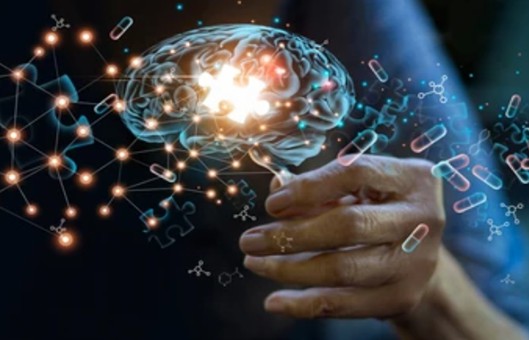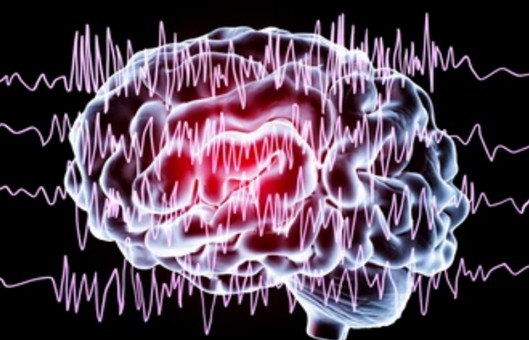Different Animal Model Systems for Parkinson's Disease
International Journal of Molecular Sciences. 2023 May 22; 24 (10): 9088.
Authors: Khan E, Hasan I, Haque ME.
INTRODUCTION
- Parkinson's disease (PD) is a chronic neurodegenerative disorder usually characterized by a substantial reduction of dopaminergic neurons in the SNc region and the presence of Lewy bodies (which are intracytoplasmic inclusions of proteins—α-synuclein and ubiquitin—and a major histopathological hallmark of the disease).
- The rationale behind the use of an experimental model system to emulate the PD phenotype is to explore and discover potential therapy and treatment and gain further understanding of the disease progression. Studying such model systems presents a platform to identify possible new therapeutic targets for disease intervention. Over the past few years, researchers have achieved more clarity and understanding about the genetics, pathology, disease progression, and heterogeneity of PD owing to the use and application of different experimental models.
Common Laboratory Animals Used to Model PD
- Rodents. Rodents are among the most popular animal models used across research groups, given the ease of handling and care required. Specifically, rats or mice are widely used to model PD due to the correlation between motor dysfunction/deficit and dopaminergic neuronal degeneration in the SNc. In these animals, PD can be induced pharmacologically, or via specific genetic manipulation, and these are broadly known as transgenic rodents.
- Non-Human Primates (NHPs). NHPs bear a close relationship with human beings in terms of genetic makeup and physiology. Commonly used NHPs to model PD include macaques, marmosets, squirrel monkeys, baboons, and African green monkeys.
- Non-Mammalian Species (NMSs). This group consists of small organisms such as C. (Caenorhabditis) elegans, zebrafish, Drosophila melanogaster, etc. Properties such as low maintenance cost and short lifespan render these organisms ideal for research mostly involving genetic/gene manipulations.
PD Induction in Animal Models
Induction of PD in experimental models is achieved by different approaches, including pharmacological intervention, genetic manipulation, or sometimes a combination of the two.
- PD Induction in Animal Models by Pharmacological Intervention. The pharmacological models (toxin based) mimic sporadic PD via rapid and increased nigrostriatal dopaminergic loss. Such models can be developed through exposure to neurotoxins, such as 6-OHDA, MPTP, Paraquat, rotenone, etc., or by administration of α-synuclein pre-formed fibril.
- PD Induction in Animal Model by α-Synuclein Pre-Formed Fibril (PFF). α-synuclein pre-formed fibrils are aggregates of misfolded proteins that are thought to be a major contributor to the development of Parkinson's disease. A PFF-induced animal model of α-synuclein is a type of animal model used to study the effects of PFF-like aggregates of the protein α-synuclein on the brain.
- PD Induction in Animal Models by Genetic Manipulation. PD genetic models are developed via overexpression of autosomal dominant genes (α-syn and LRKK2) or autosomal recessive genes (knockout or knockdown of genes coding for Parkin, Pink1, and DJ-1). These have contributed to establishing and comprehending the molecular mechanisms underlying familial/heritable PD.
Creative Bioarray Relevant Recommendations
Creative Bioarray focuses on drug research and development services, helping customers assess the drug efficacy and study the associated pathological mechanisms of Parkinson's disease by in vivo/vitro PD model. In addition, we are offering Parkinson's disease modeling and assays to help our customers accelerate the process of drug development.
RELATED PRODUCTS & SERVICES
Reference
- Khan E, et al. (2023). "Parkinson's Disease: Exploring Different Animal Model Systems." Int J Mol Sci. 24 (10), 9088.


